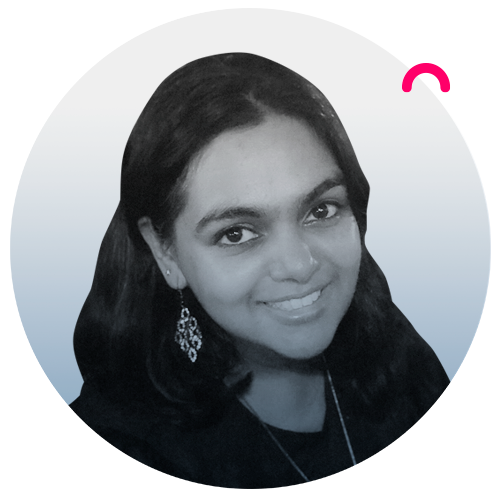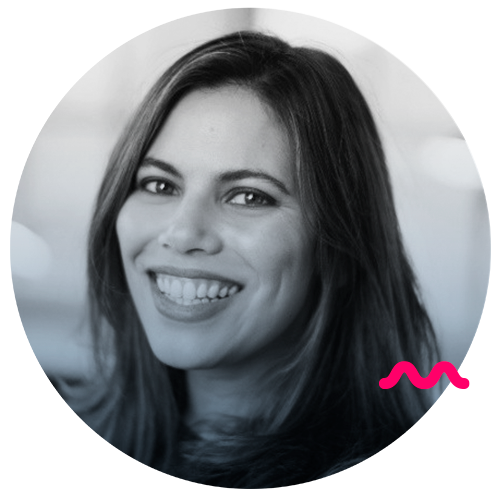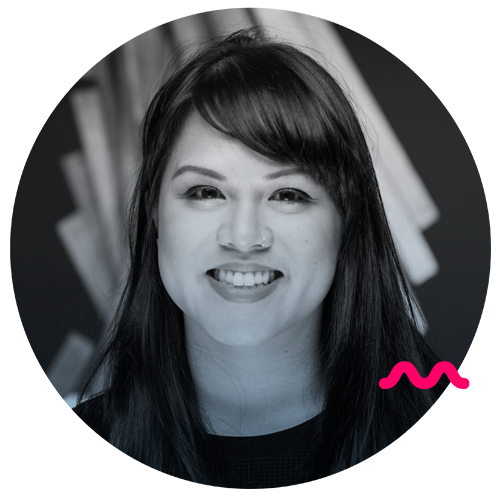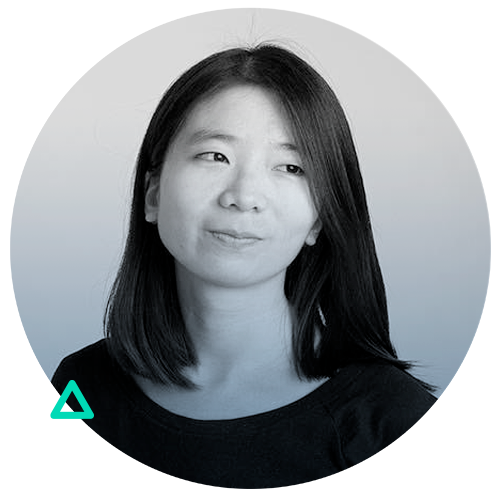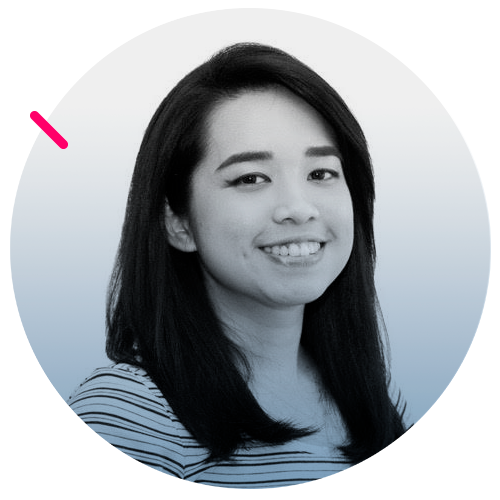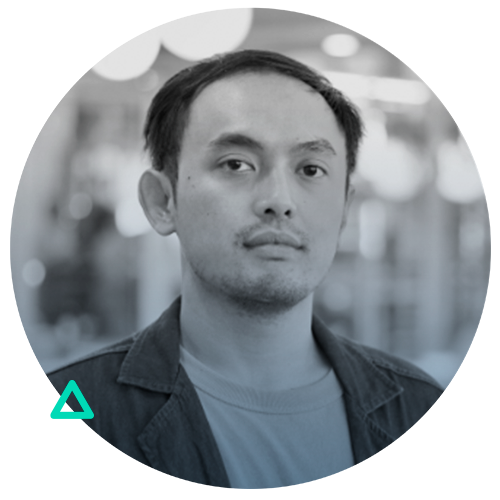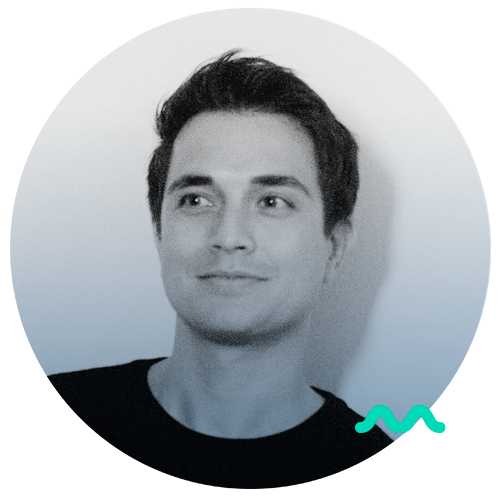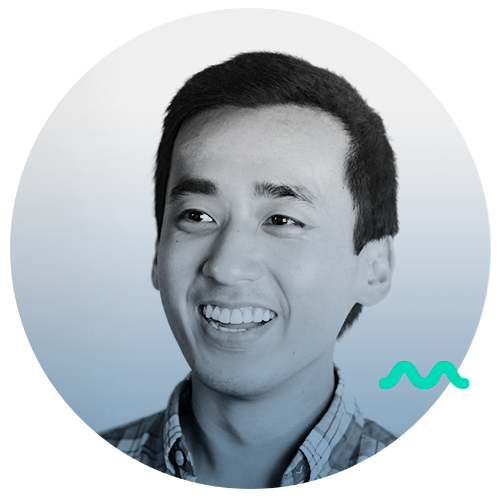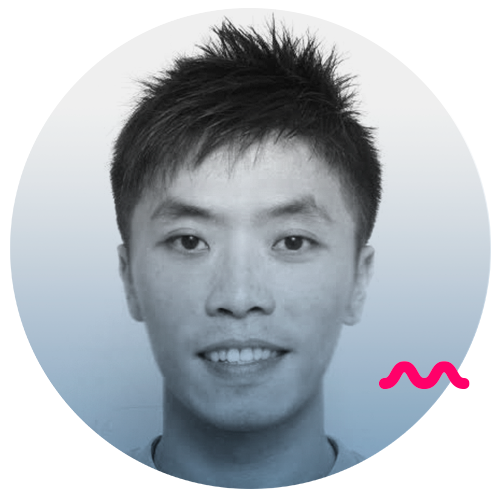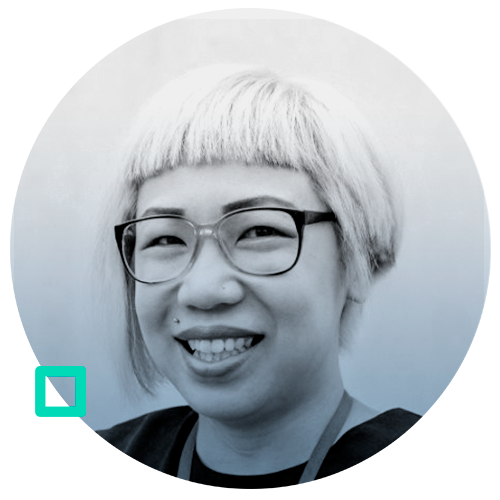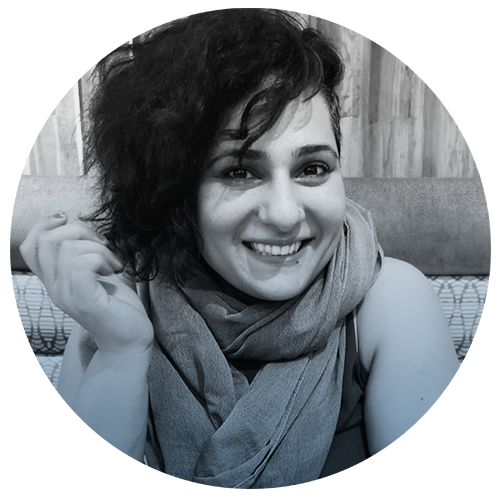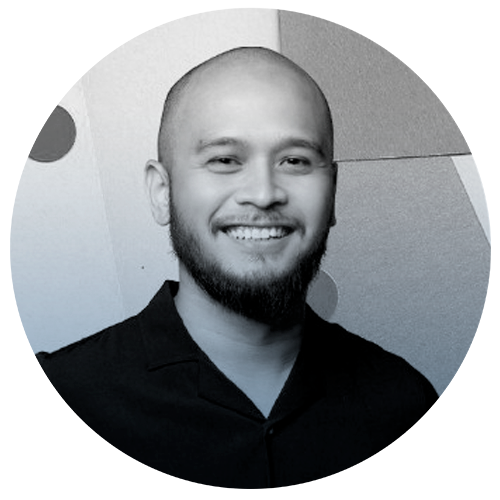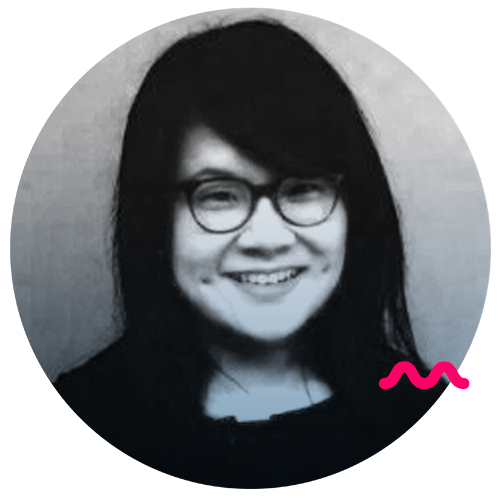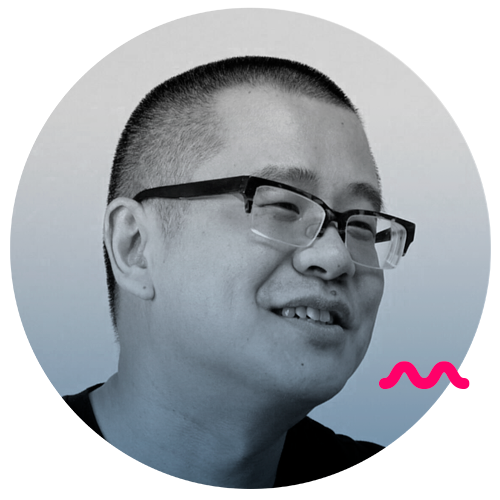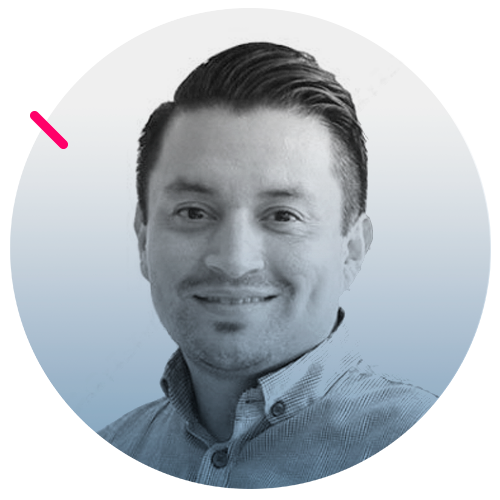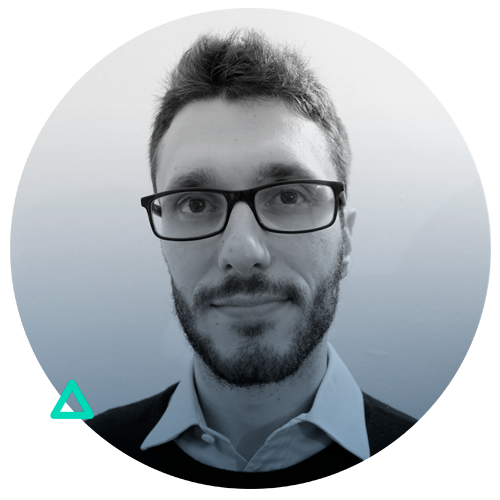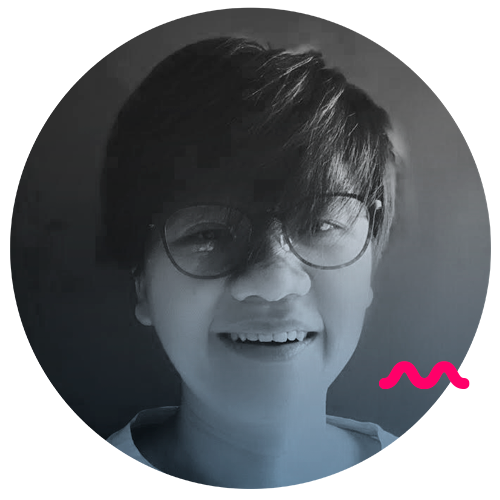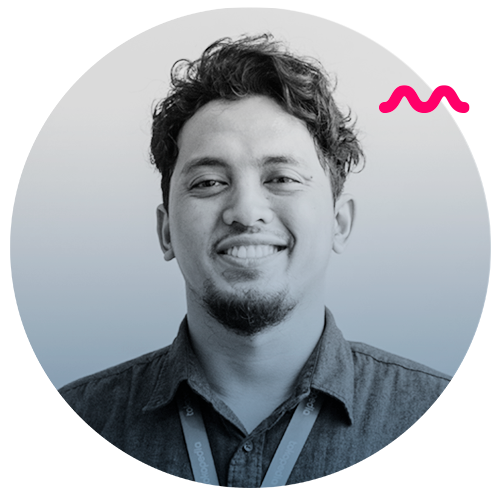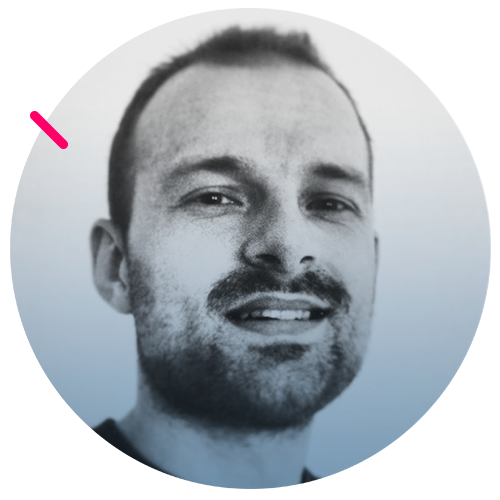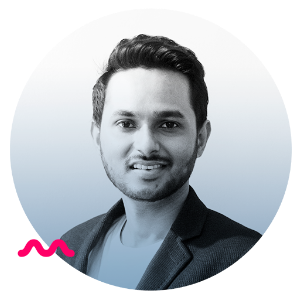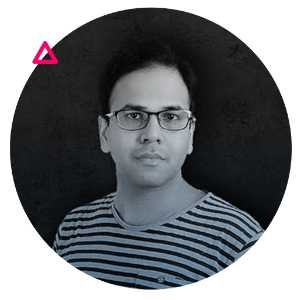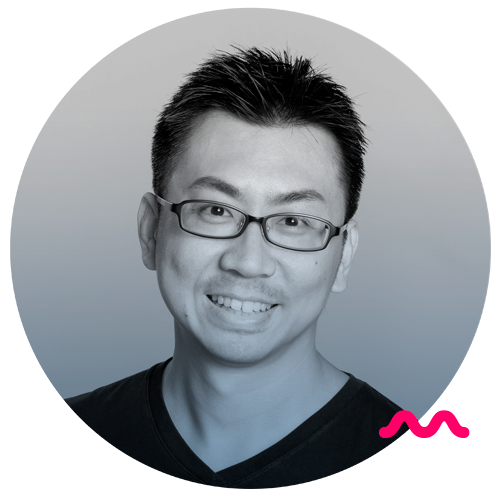Workshop – 18 Nov 2019
09.00 – 09.30
Workshop Registration and Networking over Breakfast
09.30 – 11.30
Storytelling For Designers
As humans, we are emotionally wired to react to stories. They are the way we make sense of the world around us. It is also the most common tool we use to gather information and share it with others for thousands of years.
For designers, the opportunities are plentiful to become the narrators everyday – from the ideas we dream up in our portfolios, the product interactions that add delight, the presentations that help win minds over to the nuggets of insightful data uncovered from user interviews.
In this session, we will cover the science and techniques of storytelling that you can add to your design toolkit.
Senior Product Designer @ PropertyGuru Group
11.30 – 12.30
Lunch Break
12.30 – 15.00
Identifying Product Opportunities with Jobs to be Done
Research Lead Product Creation @ Instagram
User Experience Researcher @ Instagram
15.00 – 15.30
Coffee Break
15.30 – 18.00
Plan, Conduct, and Analyse User Interviews
UX research helps us better understand our users’ behaviours, needs, and motivations. Have you ever wondered how a user interview is conducted? Are you currently in a role where you need to conduct user interviews, but are unsure where to start?
This deep-dive workshop will cover the how-tos of a user interview: pre-interview planning, what happens during an interview, post-interview analysis and synthesis. By attending this workshop, participants will learn how to:
Determine interview objectives and map the right questions to test designs. Recruit participants and handle the relevant logistical work. Prepare for and facilitate an interview session. Analyse the findings and structure your synthesised insights into a coherent research report.
Outline of the workshop:
- Introduction to UX research.
- Plan the user interview.
- Identify the topic.
- User recruitment.
- 5 act interview.
- Group exercise: Come up with objectives and questions. (with post-its)
- Review questions.
- Conduct the interview.
- Logistic and preparation.
- Activity: Conducting the interview.
- Observation notes.
- Synthesise, analyse, and report the findings.
- Clean up the raw data.
- Report structure.
Researcher @ SP Digital
Researcher @ SP Digital
Conference Day 1 – 19 Nov 2019
08.00 – 09.00
Conference Registration and Networking over Breakfast
09.00 – 09.15
Opening Address
09.15 – 10.00
10.00 – 10.45
Tools of Destruction
The entire company is accountable for the consumer experience of the end-user. Legacy tools and redundant processes are haunting us. We need to rethink the way we work.
Product Design Lead @ MoneySmart
10.45 – 11.30
The Art of Doing Things Wrong: Myths and Common Mistakes of Growing UX Teams
We often hear the phrase “it’s okay to make mistakes.” And yet, many UXers are often scared of trying new things for the fear of doing things “wrong.” Even worse, they are stuck in environments that encourage safe play or worse, punished for taking risks. In this talk, Ben will share some insights for UXers on how to correctly do things wrong, inspired by stories from more than 100 UX Teams across 6 continents.
Head Of UX @ Style Theory
11.30 – 12.30
Lunch Break
12.30 – 13.15
Design the Right Thing ... and Then Design Things Right
“Can you make the design look prettier?”
“Can it be sexier?”
“Can you just splash some colors and get it done by tomorrow?” “Why is it taking so long?”
Do these questions sound familiar? How often have you found that besides being good at your design job, you must also deal with development issues…AND reach an understanding with the business side of things?
If your answer to these questions is “Yes,” congratulations: you are NOT ALONE!
Design is the solution to a well-crafted problem defined through proper research. Research forms the foundation for any design decision, and so designers should spend as much time doing research—discovering problem areas, gaining insights, and identifying underlying user needs. Just as a stunning-looking skyscraper requires a physical foundation strong enough to support the building, an effective design requires a strong foundation of research. A poorly executed research phase is like building a skyscraper on bamboo stilts!
This session explores the importance of design research—the what, the why, and the how—and what it takes to design the right things first.
Senior Manager, Design Lab @ Bain & Co, Ex-UX Lead @ IBM iX
13.15 – 14.00
Slowing Down To Scale Design
To begin a new starter:
1. In a large bowl, mix 55+ UX designers, 1 design research coach, and 12 months of experiments till well-combined.
2. Leave to ferment till it starts to bubble.
3. Feed regularly to encourage the development of strong skills and elastic mindsets.
Like artisan sourdough, baking a robust design practice requires time, space, and perseverance. Without rigour and fermentation, we’re just creating a lot of product without the nutrition that feeds wider outcomes. I’ll share my experience in creating this starter, the experiments that shifted our strategy, and a proposal to leadership for scaling design capability sustainably.
Design Research Coach & ResearchOps Lead @ GovTech Singapore
14.00 – 14.45
Coffee Break
14.45 – 15.30
Panel Discussion - Future of UX Leadership
Lead (Research and Insights) @ DBS
Panelists
Head of Design @ First Circle
Head Of UX @ Style Theory
APAC Market Development Lead @ InVision
Design Manager @ DBS
User Experience and Design Leader @ StarHub
15.30 – 16.15
16.15 – 17.00
Data Driven UX: The Engine of A High-performing Company
Former Head Of Research @ Trivago
17.00 – 19.00
Networking Party – Pizza and beer
Conference Day 2 – 20 Nov 2019
08.00 – 09.00
Conference Registration and Networking over Breakfast
09.00 – 09.45
Designing Change in Enterprise
In the past decade, many enterprises have established internal design functions in their organizations. We are seeing more and more designers working in enterprises, and moving away from design agency or consultancy. In these enterprises, more often than not, design are seen as aesthetics or the design team is struggling to effect change.
On the other hand, there has been successful transformation cases where human centered design(HCD) practices are established and thriving. The change calls for an increasing demand and growing importance for Design leaders to scale human centered design practice effectively in enterprises. Lessons learnt from effecting change in banking corporation as a individual contributor to design leader in a unicorn tech and national enterprise.
SVP, Head of Design & User Research @ Fairprice Group & NTUC Enterprise Digital
09.45 – 10.30
10.30 – 11.15
11.15 – 12.30
Lunch Break
12.30 – 13.15
Counterintuitivity -making meaningful UX
Principal Designer @ Foolproof Singapore
13.15 – 14.00
Shaping the Future with Ecosystem App
To give an insight into what kind of future we’re making in Indonesia, and to share about how we create an app with various functions under one big “ecosystem”.
Principal UX Designer @ Tokopedia
14.00 – 14.45
14.45 – 15.30
Coffee Break
15.30 – 16.15
Unimaginable UX - A sneak-peek Into The Future of Design
“The year is 2070 & Augmented Emotion Designers all over the world are fascinated by the spellbinding journey of Design, in the last century. Enthusiasts are feeling amused by reading about the predictions made by the Design Pundits, back in the days. While also wearing the farsighted lens, young designers are positive as well as sceptical about the decades to come”
Sounds like the future?
Well, if you simply replace 2070 with 2019 and Augmented Emotion Designers with User Experience Designers, it becomes nothing but the present! I am sure, most of us imagine the future of design with something related to Blockchain, AI, Voice, AR or VR. Interestingly these are the stuff which we barely knew about, 5 years back. So what happened in the last 5 years that brought about a change we couldn’t have even imagined? It is not very different from what happened about a century back.
Come and join me as I speak about how unimaginable the future can be and what we can do to get a ticket to the boat that sails to the future.
Design Manager @ Swiggy
16.15 – 17.00
Anticipating and Designing The Digital Future
How does the psychology of anticipation affect the experience?
Can anticipating future help us create better design?
What kind of digital future are you designing for?
We make hundreds of decisions every day that are guided by our past experiences and anticipation of the future. As our lives are becoming intertwined with ubiquitous technology, technology is increasingly influencing our perceptions, experiences, expectations and eventually the decisions we make.
Anticipating future needs can help us imagine possibilities for a meaningful future and prepare for the future challenges to make better design decisions.
With emerging technologies, we can use, build and embed anticipation within the product or service experience life-cycle thus making them more contextual, human and resilient. We can therefore design experiences that are one step ahead and can positively influence the actions and outcomes to help solve present and future problems.
However, we should also be aware of the potential pitfalls and ethical issues that may arise by misuse and abuse of the technology.
This session will explore the relationship between technology, data, emotions and
psychology to predict and influence future behaviour and outcome and therefore, design more meaningful experiences.
Associate Director – Experience Design @ Manulife
17.00 – 17.45
Outside in: Better design by looking outwards
Designers are seeing their wish come true: Design and design thinking now has widespread recognition, and we have increasingly more seats at the boardroom table.
This has also meant that more large-scale complex problems are given to designers to solve. In doing such work, new and frustrating situations may emerge where designers feel that their knowledge, tools and processes are no longer enough to achieve the best outcomes.
Through his exploration of other non-design disciplines, Khai Seng has gained new perspectives, and will bring in some frameworks to help designers become more effective change makers.
Director @ Studio Dojo



